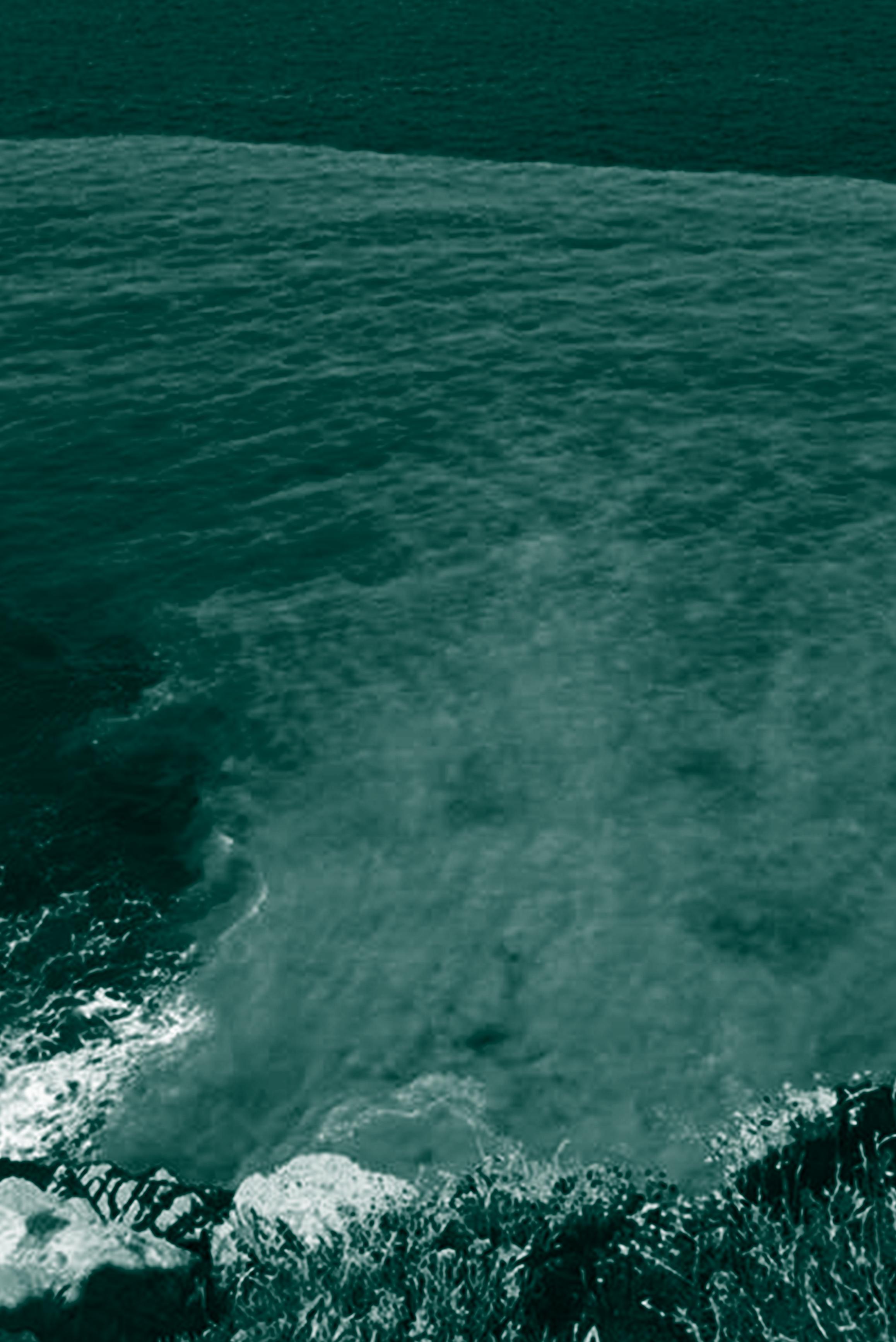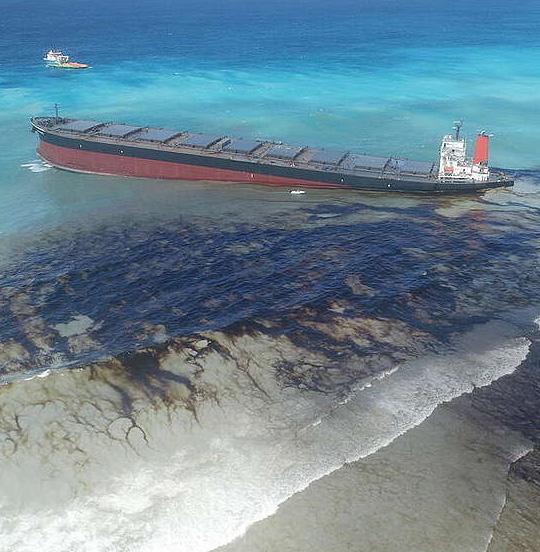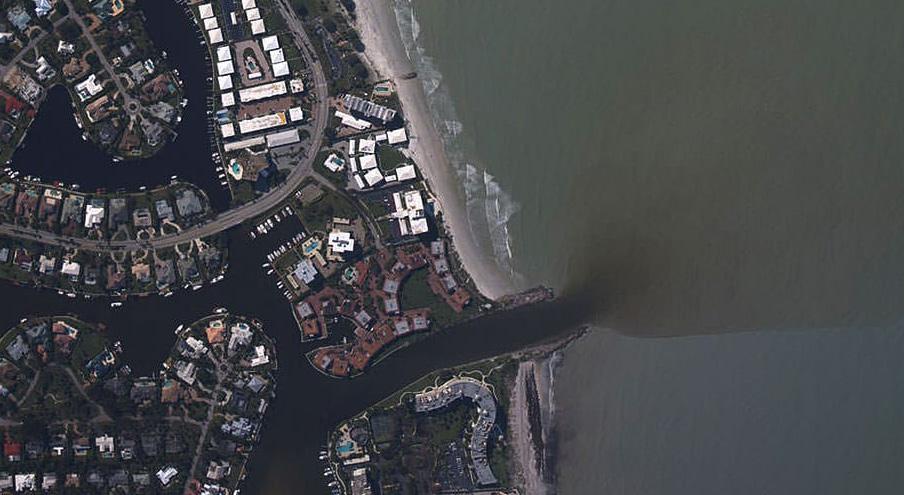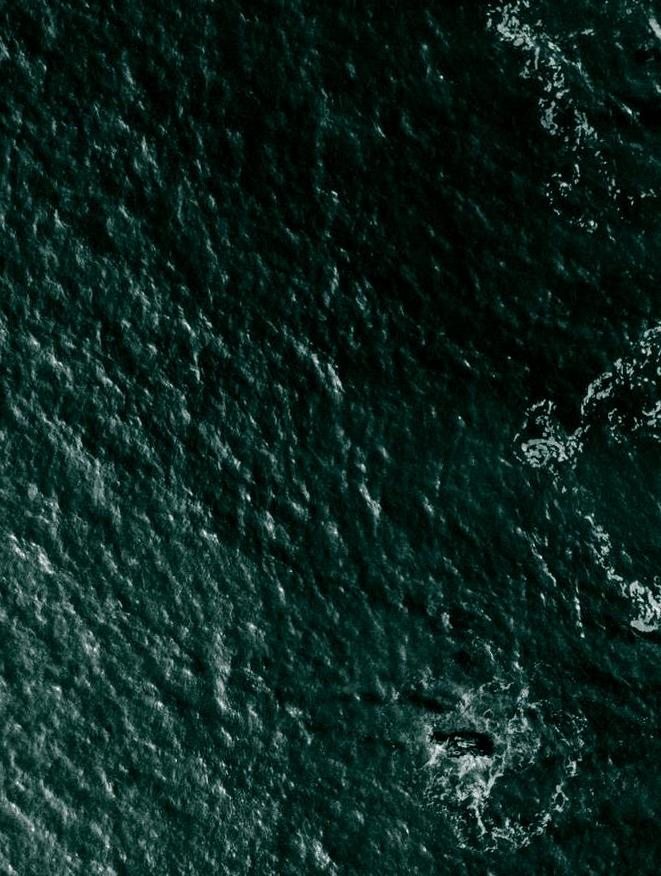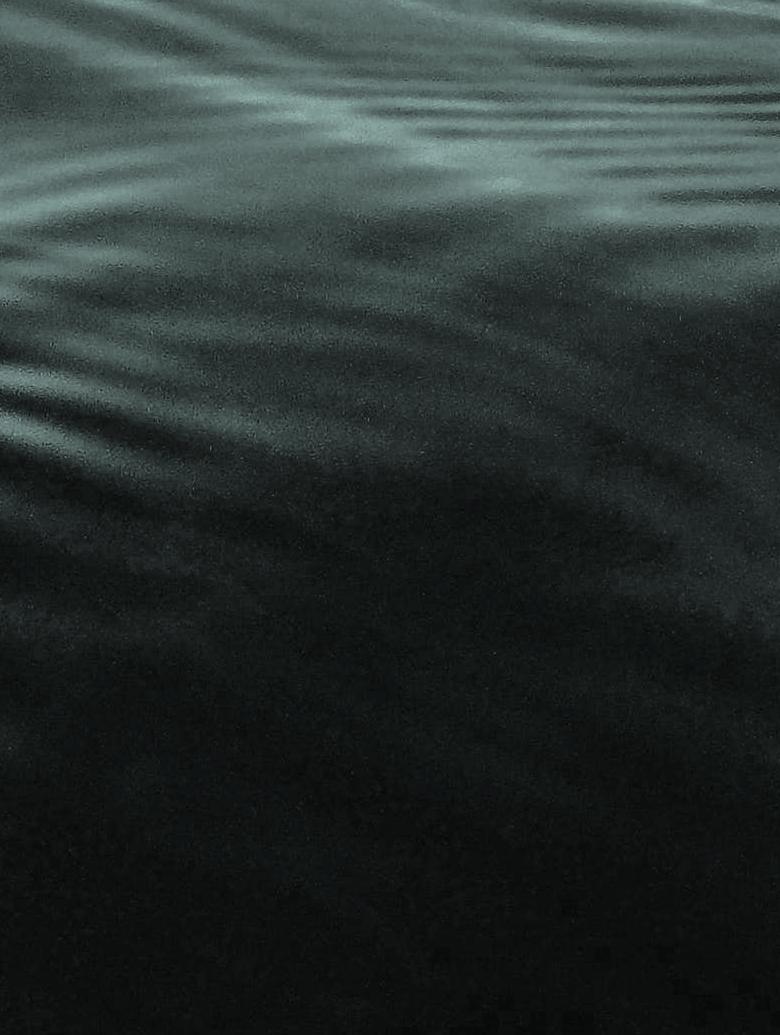
2 minute read
Southern Ocean
THE SOUTHERN PORTIONS OF THE PACIFIC, ATLANTIC, AND INDIAN OCEANS
Southern Ocean, also called Antarctic Ocean, the southern portions of the Pacific, Atlantic, and Indian oceans and their tributary seas surrounding Antarctica. Unbroken by any other continental landmass, the Southern Ocean’s narrowest constriction is the Drake Passage, 600 miles wide, between South America and the tip of the Antarctic Peninsula.
Advertisement
The structure of the ocean floor includes a continental shelf usually less than 160 miles wide that attains its maximum width of more than 1,600 miles in the vicinity of the Weddell and Ross seas. There are oceanic basins farther north that are as much as 14,800 feet deep, defined by oceanic rises and often marked by ranges of abyssal hills. There are also narrow oceanic trenches with high relief, such as the South Sandwich Trench on the eastern side of the South Sandwich Islands. Other relief features include oceanic plateaus that rise from the oceanic basins to depths of less than 6,650 feet below sea level and form rather flat regions, which are often covered by relatively thick sedimentary deposits. The most extensive such plateau is the Campbell, or New Zealand, Plateau, which rises southeast of New Zealand and extends southward beyond the Campbell Islands.
Complex Flow of Currents
The flow of currents in the Southern Ocean is complex. Water cooled by cold air, outgoing radiation, and katabatic winds off of the Antarctic continent sinks and flows northward along the ocean bottom and is replaced at the surface by an equal volume of warmer water flowing south from the Indian, Pacific, and Atlantic oceans.
The meeting point of the two is the Antarctic Convergence, where conditions favour the development of phytoplankton, consisting of diatoms and other single-celled plants. The ocean’s most important organism in the higher food chain is the small, shrimplike krill. Animals on the sea bottom of the near-shore zone include the sessile hydrozoans, corals, sponges, and bryozoans, as well as the foraging, crablike sea spiders and isopods, the annelid worm polychaete, echinoids, starfish, and a variety of crustaceans and mollusks.
At the sea bottom there are also eelpouts, sea snails, rat-tailed fishes, and codlike fishes. Rare nonbony types of fish include hagfish and skates. Many species of deep-sea fish are known south of the Antarctic Convergence, but only three, a barracuda and two lantern fishes, seem to be confined to this zone.
Hagfish at the sea bottom Close up look of lantern fish
Major Surface Currents
The cold, clockwise-flowing Antarctic Circumpolar Current (West Wind Drift; 21,000 km long) moves perpetually eastward around the continent and is the world's largest and strongest ocean current, transporting 130 million cubic meters of water per second - 100 times the flow of all the world's rivers; it is also the only current that flows all the way around the planet and connects the Atlantic, Pacific, and Indian Oceans; the cold Antarctic Coastal Current (East Wind Drift) is the southernmost current in the world, flowing westward and parallel to the Antarctic coastline
Southern Ocean
ANTARCTICA
Southern Ocean
